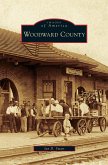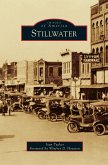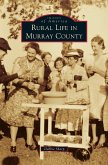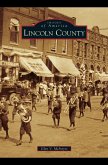Wagoner, the first city incorporated in Indian Territory, was established in 1896 on the dividing line of the Cherokee and Creek Nations and at the intersection of the Missouri-Kansas-Texas Railway and the Kansas & Arkansas Railway. For the first half of the 20th century, Wagoner's economy was driven by agriculture, and it became known as the "Queen City of the Prairies." In the 1950s, when the Grand Neosho River was turned into Fort Gibson Lake, the door opened for the establishment of a number of resort enterprises. Wagoner has thrived as a visitors' destination ever since. Today, the only remaining evidence of the earliest civilization is the Norman Site--a small island slightly north of Highway 51 and east of Wagoner at Taylor Ferry--which is home to some of Oklahoma's most prominent Indian mounds.








